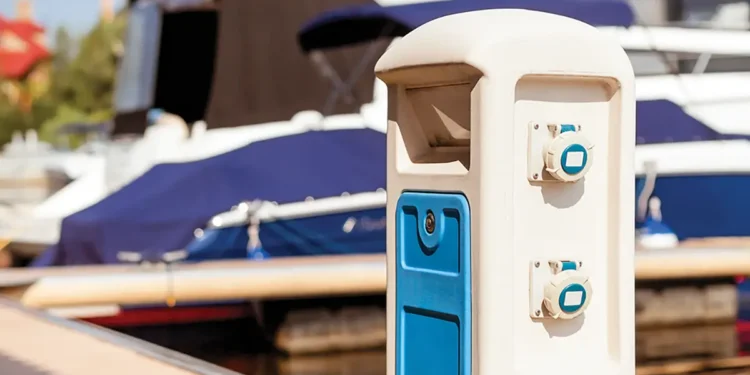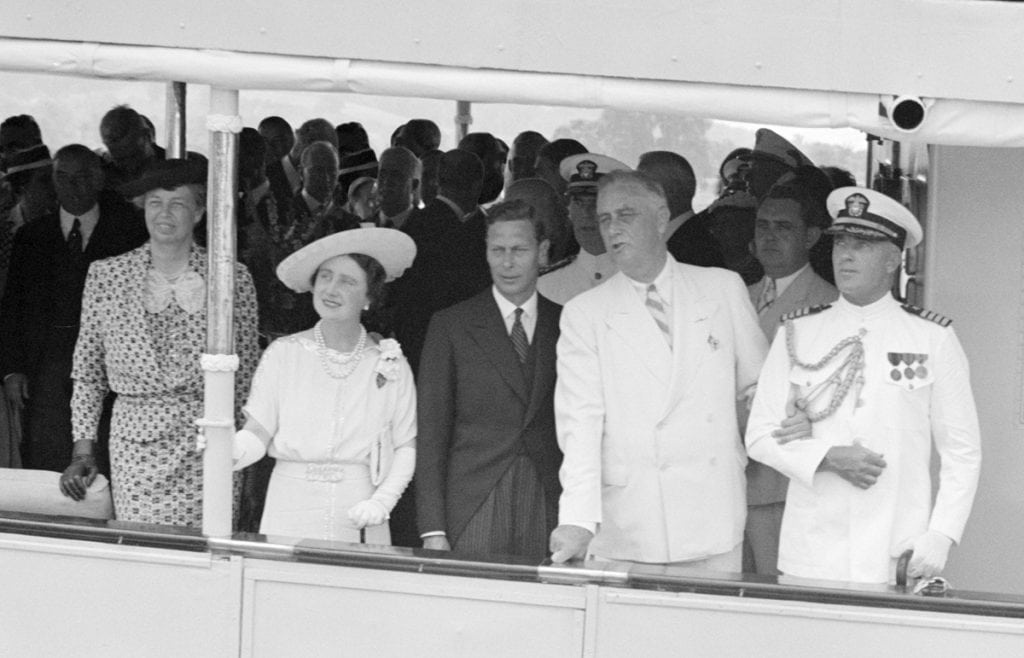August
Water, water everywhere and not a drop to drink.
Often, first-time boaters to the Bahamas are shocked at the cost of potable water at Bahamian marinas, which can range from a low of $.40 per gallon to more than $1 per gallon, which is at least two to three times Florida prices. Few marinas are overcharging for water, and the significantly higher cost is simply a reflection of the weak water infrastructure in the Bahamas that citizens have been living with for years.
Natural water sources governed where settlements were established, but as they grew, so did the demand for water. New Providence Island, where the capital Nassau is located, is home to approximately 75 percent of the Bahamian population. In the 1970s, it outgrew its water supply, and frequent outages required water rationing to keep the taps flowing. In 1976, the Bahamian government created the Water and Sewerage Corporation (WSC) to manage the water supply, initially for New Providence Island, then all of the Bahamas in 1989.
Subscribe Here For More Boating Content
One of the WSC’s first major projects was the construction of port facilities in Morgan’s Bluff Andros to fill tankers and barges with freshwater for shipment to New Providence. The shipping continued daily from 1977 until 2011, when local facilities were deemed sufficiently robust to meet demand.
Outside of the most populous islands of New Providence, Grand Bahama, and Abaco, which are home to 90 percent of the Bahamian population, water supplies remain fragile, and the conditions experienced in the national capital in the 1970s continue to exist today. In Eleuthera, where popular boating destinations are located, water outages are common due to equipment failures at desalination plants and leaky pipes. On Cat Island, a more remote destination, there has never been a full water system in place. Its residents are supplied by water tankers when natural supplies dry up, and contracts were only signed in 2024 for the installation of 92 miles of water mains and two desalination plants to provide water security for the north and south portions of the island.
Some of the larger marinas in the Bahamas have installed their own reverse osmosis (R/O) desalination plants. To recoup the capital cost of a commercial grade system which easily can exceed $200,000 USD, and the ongoing costs of consumables such as membranes, filters, plus high-priced Bahamian electricity, it is not surprising that water is expensive. Most marinas with R/O water charge more than $.40 per gallon for potable water and a lower price more consistent with U.S. marinas at less than $.20 per gallon for water from sources ranging from local cisterns to municipal water supplies, which produce barely potable water. The lower-priced water is often billed as washdown water, which likely won’t be harmful if consumed but may be very high in dissolved solids and have an off-taste or odor.
Frequent boaters to the Bahamas carry a TDS meter, an inexpensive device that measures the level of solids in the water. While a low TDS is not necessarily an indication of safe water, it will let you know if the R/O water, for which you are paying a premium, is the real thing. Just don’t spill a drop.
-by Addison Chan




















